Clothing Production Terms Fashion Brands Need To Know
You might have heard that I’ve started producing video content for the blog. Recently I created a video which revealed 10 manufacture terms that brands need to know. You can watch the video here if you’d like. But, I know that some people prefer to read blog posts, so I arranged for a transcript of the video to be written up, which you can read below;
Hey guys, Vicki here from The Fashion Business Coach, the company that helps small and startup fashion brands to succeed in the industry. In this episode I wanted to share with you 10 fashion manufacturing terms that you need to know if you're going to be going into production. A lot of people struggle with terminology, particularly if they're new to the fashion industry and it's really important to understand what your manufacturer is talking about and what you're actually agreeing to. If you've been confused by terms in the past, don't worry, you're not alone. And that's exactly why I'm doing this video, because it's something that a lot of people have issues with.
There’s 10 industry expressions that we're going to go through today. I do have a free glossary available, which has 100 definitions of different industry words, which you can learn more about by clicking here.
1. Bulk
Bulk, or you might hear ‘go to bulk’ or ‘approved to bulk’ basically means that you finished your sampling, you're happy with how the samples have turned out and you’re ready to go to your main order. Bulk means the final order of your products. The term ‘go to bulk’ or ‘approved to bulk’ is basically you giving the factory your approval. You’re saying that you're happy with the way the samples have turned out and you're ready to commit to that final order.
2. CMT
The second term I want to share with you is CMT, which stands for cut, make and trim. This means that the factory has the ability to cut out the fabric, sew it together and add any trims that are required, maybe that's buttons, labels, zips, etc. This can also be a type of quote, so you might see that your estimate says CMT only and that's the factory telling you that they're not going to be providing any of those fabrics or trims and that's something that you need to source yourself.
3. CNY
Next up is CNY, which stands for Chinese New Year and if you're working with suppliers or manufacturers in China, you're going to be hearing this a lot. Many factories close down for up to six weeks during the Chinese New Year celebrations and there tends to be a lot of delivery issues around this time. Before Chinese New Year because they're rushing to try and get everything finished, during CNY because there's literally no boats or deliveries leaving China. And then after CNY when everyone's getting back to work, a lot of the time the factories have issues with staff not returning to work and it causes this massive issue goes on for months really. Even though the actual New Year celebration is much shorter. This is something to be aware of in January, February and March. The date of the celebrations do change every year, but it's generally around those times.
4. Ex-Factory
Ex-factory is the date that the bulk will leave the factory. But with any of delivery dates or conversations around dates with your manufacturer, you need to be super clear about what you mean. So for example, the ex-factory date will be different to the shipping day in most cases because you need to factor in how long it is between the factory and the port and how long that will take by road. So do make sure that you really clear on exactly what's going on with any delivery dates to make sure that you don't miss any slots that you've booked for shipping, freight, etc.
5. FOB
Number five is FOB which stands for free on board and this may be something that comes up when you receive quotes from suppliers. It usually means that the cost of delivering the goods to the nearest port are included, as well as the cost of manufacturing the clothes. That normally includes fabrics as well. Do check though, and I say this because that's what it's supposed to mean, but sometimes you find that factories can kind of twist quotes in their favour. So, you want to make sure that everything's really clearly itemised and detailed with the quote. It doesn't usually include the actual shipping rate or any other fees like taxes, import duty, insurance, etc.
6. Grade Rules
Number six is grading or grade roles. Grading is the difference of the measurements between each size and the grade rules basically tell the factory how much difference a measurement needs to be between each point of measure and each size that you're creating your range in. Now the grade rules are going to be found on your tech pack or your spec sheet and they're going to advise those measurements to the factory. It's going to be for each point of measure as well, and they're going to vary between different styles and different positions on that style. Do make sure that these are done custom for each style rather than just like a quick copy/paste job. Some of them will be the same, but they need to be checked for each point of measure. That needs to be manually done to make sure that you're considering all of the different sizes that you're making.
7. Lead Time
Number seven is lead time and that's the amount of time between confirming your order with the factory and when you're receiving the final goods at the distribution centre. Again, this can be a tricky one. Like I was saying previously with dates, sometimes the factory are going to quote their lead time as when the order is leaving them, in which case you need to then speak to your courier or whoever's delivering your goods as well so that you get the actual lead time from start to finish. And it may be in many cases that you need to speak to a couple of different places in order to get that date.
8. MOQ
Number eight is the MOQ, and this is the big one. You're going to be hearing this constantly if you're a small business or if you're a startup. It means the minimum order quantity, and this is going to apply to various things. So it might be the minimum amount of garments that the factory is prepared to produce, it might be the minimum amount of fabric that you can buy or the minimum amount of trims, labels, barcodes, bags, whatever it might be. Sometimes you can get round the MOQ by paying a surcharge. Obviously that has a big impact on your costings though. Pretty much every business that you work with on a retail business to business basis are going to have minimums. And sometimes the minimums are something manageable like 50 units or 50 meters of fabric, sometimes it's going to be 10,000. So the MOQ really dictates a lot about who you can actually do business with.
9. Tolerance
Number nine is tolerance. Tolerance is the amount of variance that you're willing to accept on a particular part of a garment. It’s a little bit hard to understand but hopefully an example will make it much clearer. So if for example a particular measurement on a garment I'm working on is supposed to measure 40cm and I've applied a tolerance of 1cm, that means that the factory could deliver the garment at that point measure in 39cm or 41cm without there being any issue or any penalties. If, however the measurement was say 45cm, that's 5cm difference and we asked for only 1cm. So it’s at that point when you talk to the factory about them remaking or correcting the issue, or having penalties applied. The tolerance is super important to have outlined on your tech pack so that you can control the quality.
10. Critical Path
The critical path is a document, usually an Excel sheet, that you use to monitor the progress of your production, keep a record of any samples, any lab dips, strike offs, anything that's been received. It’s really important for keeping manufacturing times on track. Very important to know is that the critical path is your responsibility just as much as the factories. You shouldn't be putting everything on the factory and expecting them to fix everything for you. You really need to be on top of the critical path yourself.
That’s it for those 10 tips. If you want to learn more, there's lots more free content on the blog, which you can check out below. And as I said at the start, there's a free glossary of terms which has 100 industry words defined, the details for both are below.
As always, I love to hear from you, so feel free to get in touch if there's something you'd like to see more of.
How to get the free glossary of 100 fashion industry terms
Related free Masterclass;
How to get your fashion ideas produced, without wasting your time and money
I hate spam too - if you sign up to this email list, your details won't be sold or leased to anyone else. I will email you from time to time with helpful content and occasional offers, which you can unsubscribe from at any time.

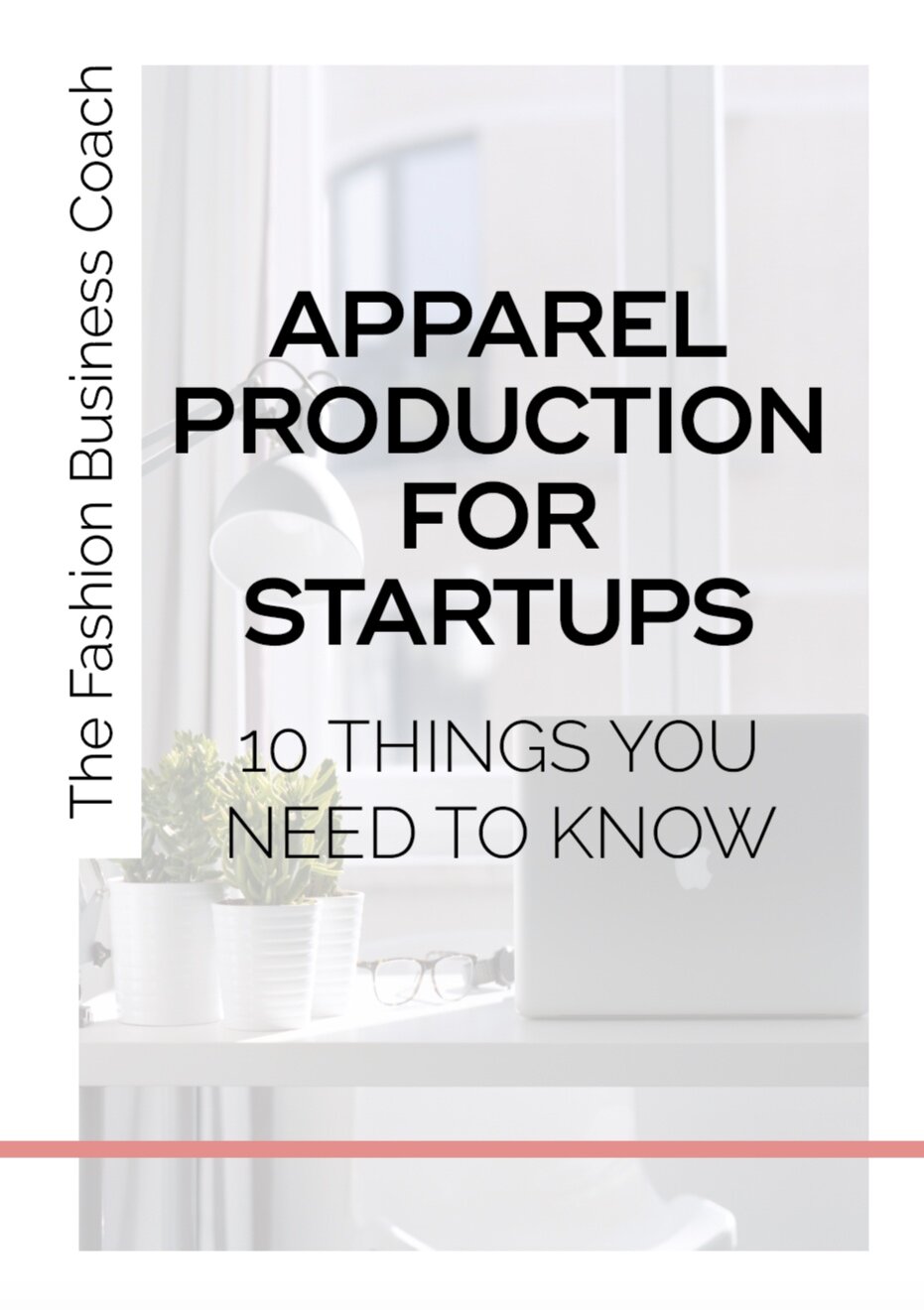
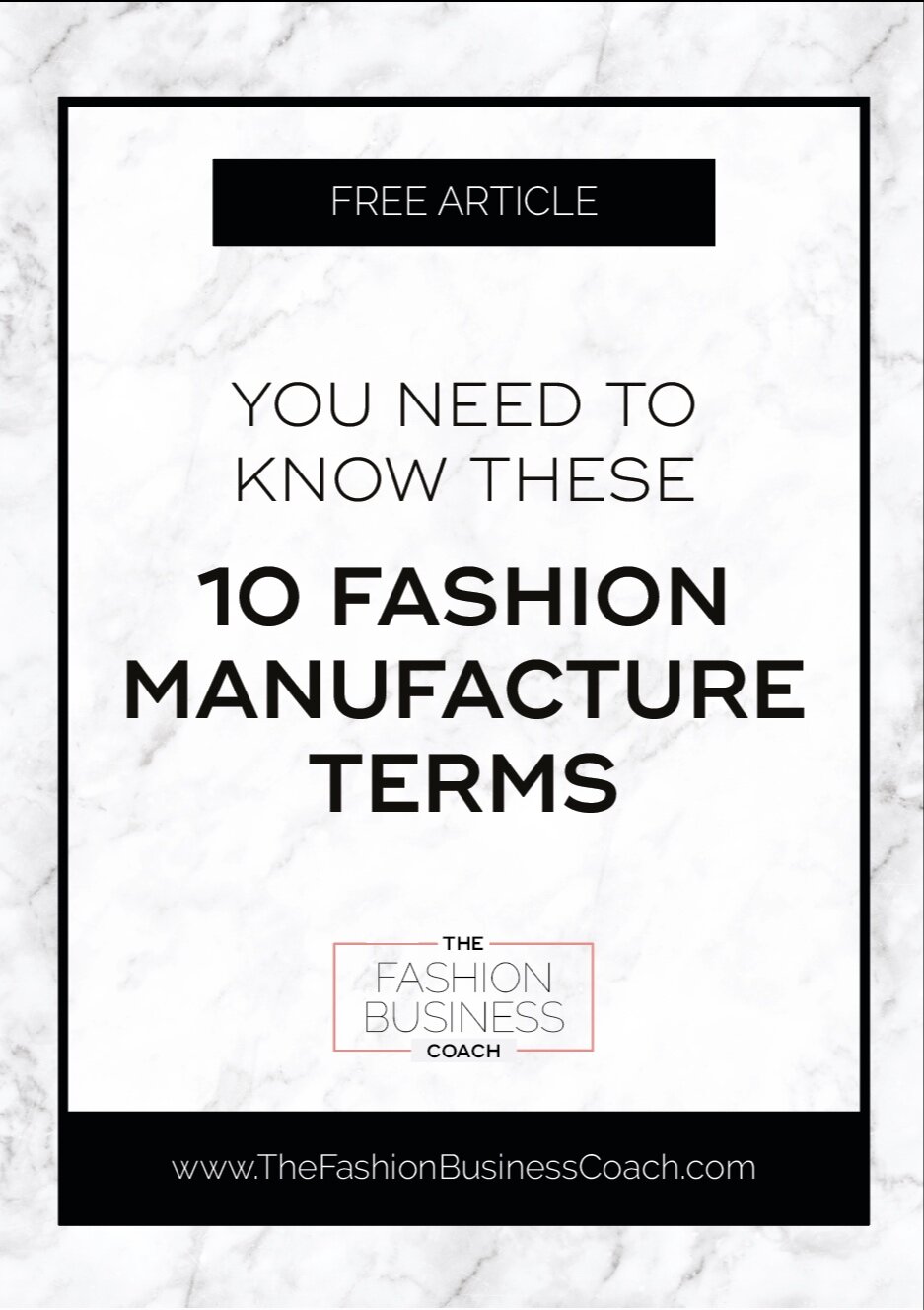
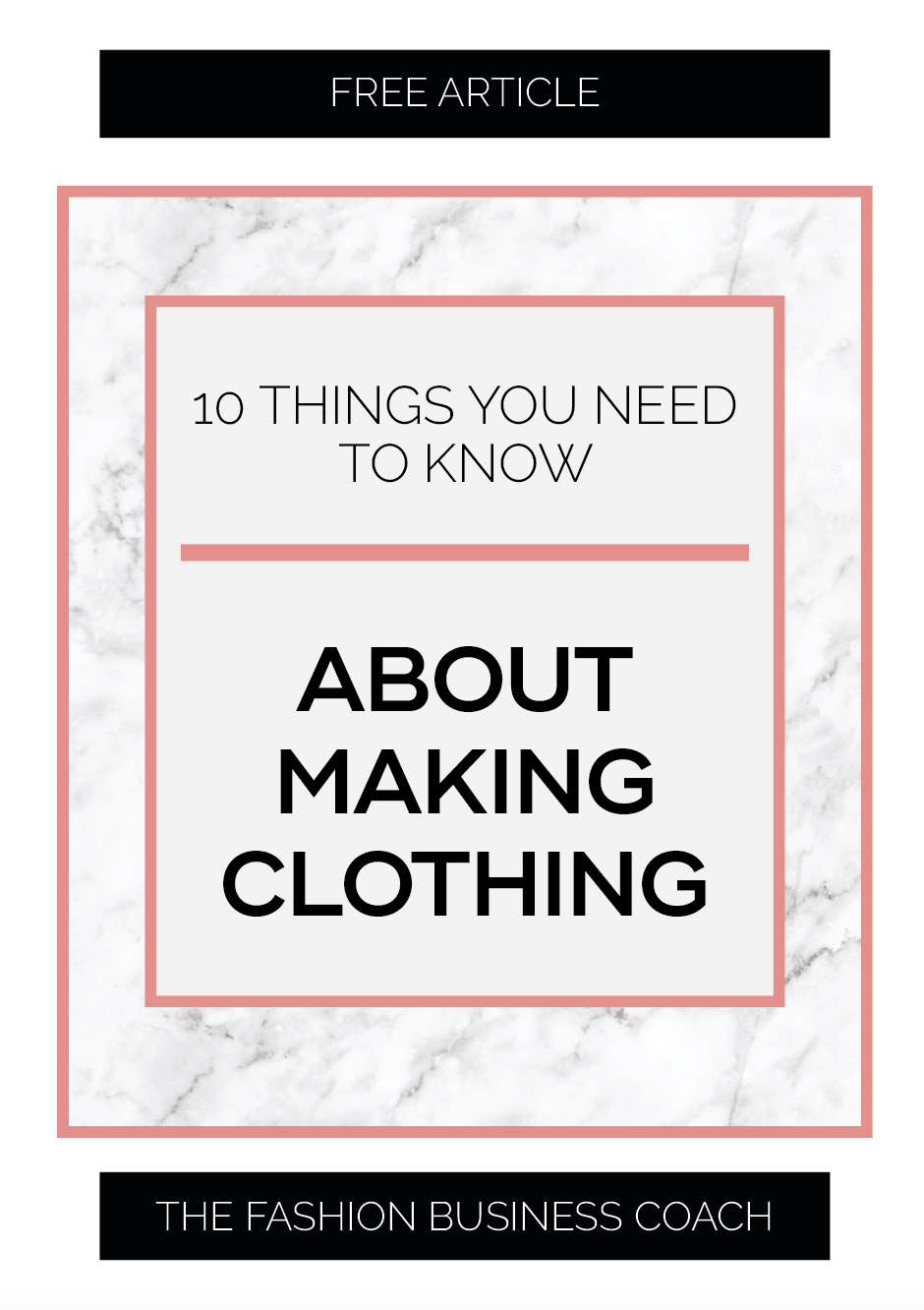
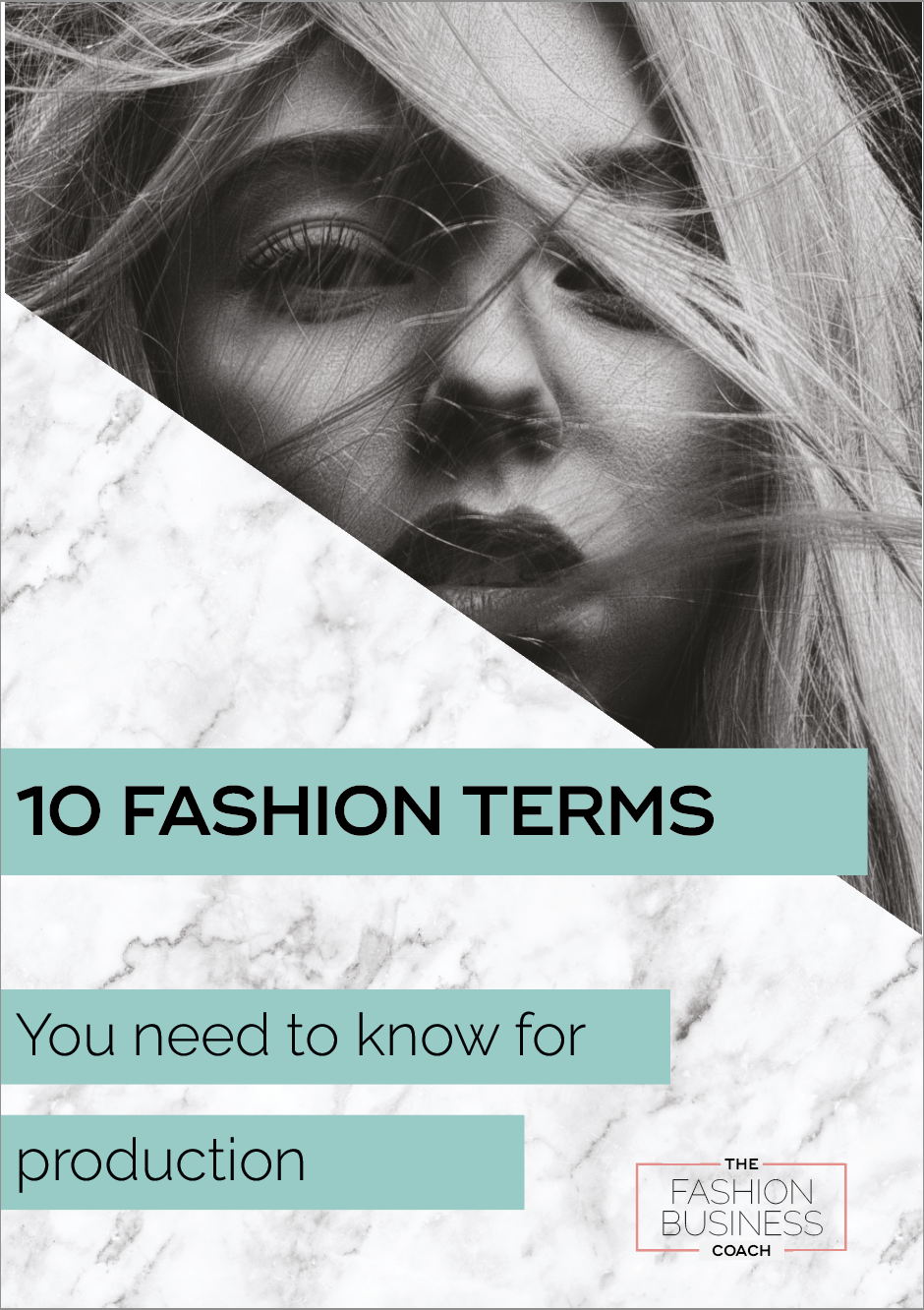
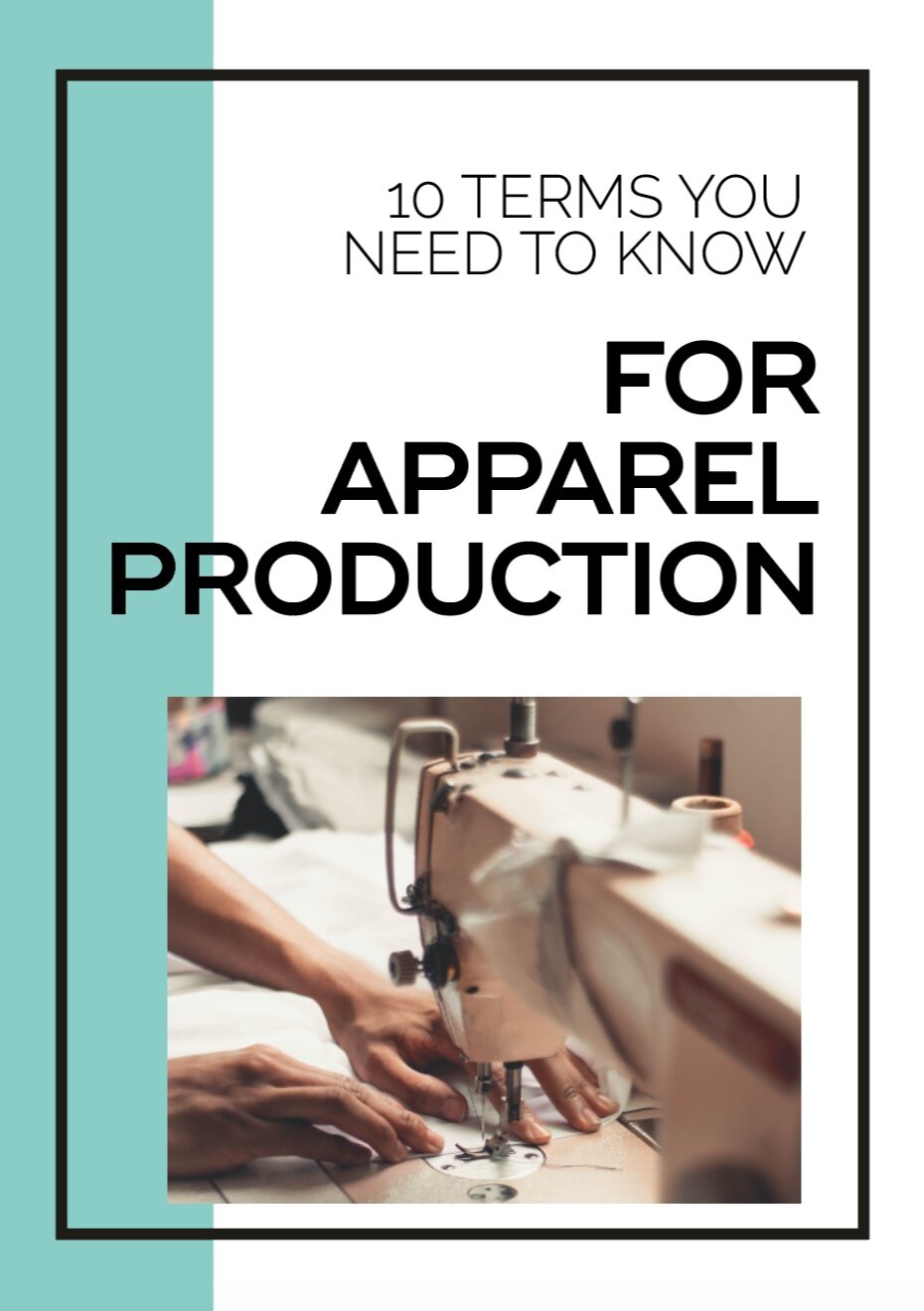
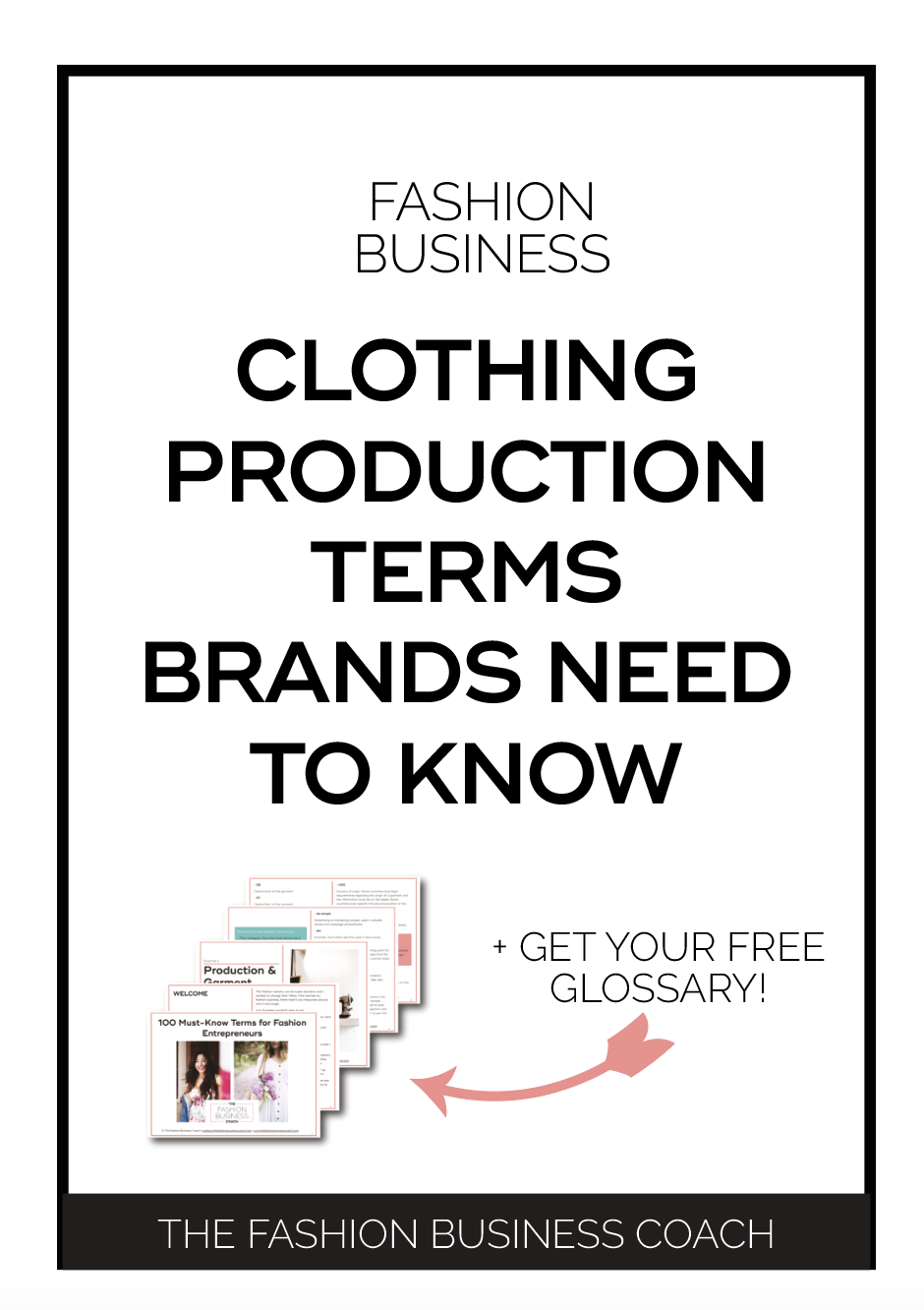
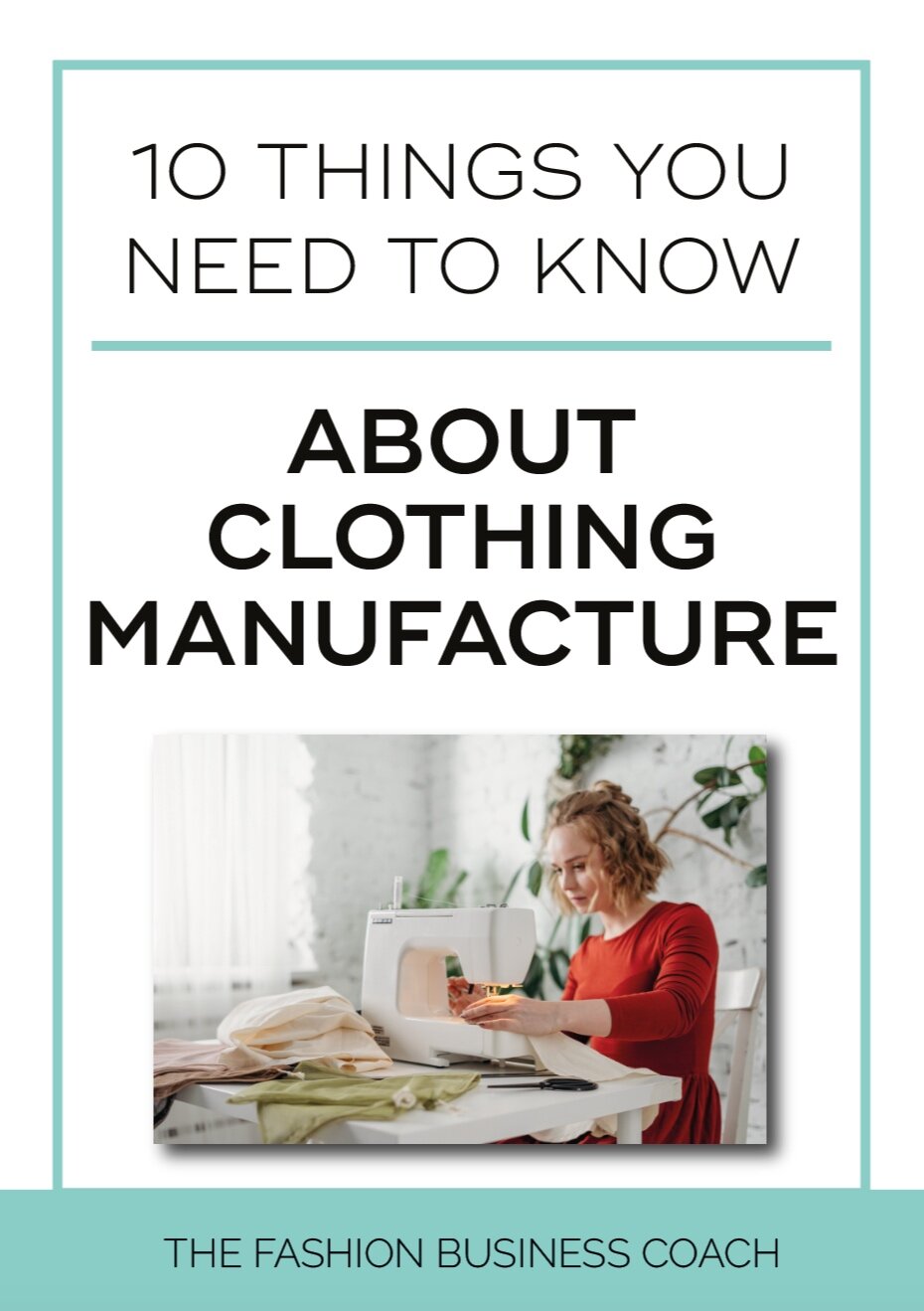
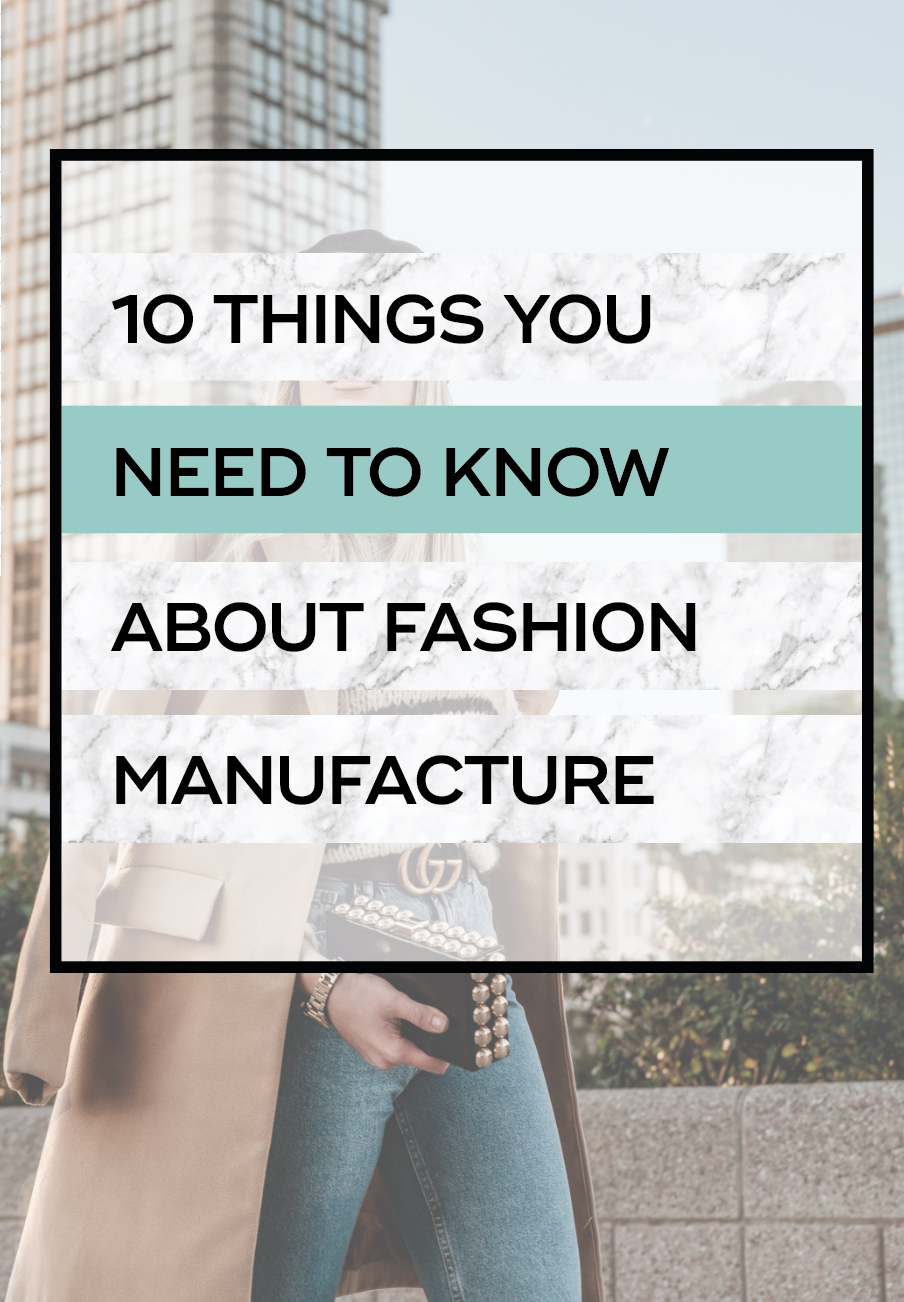
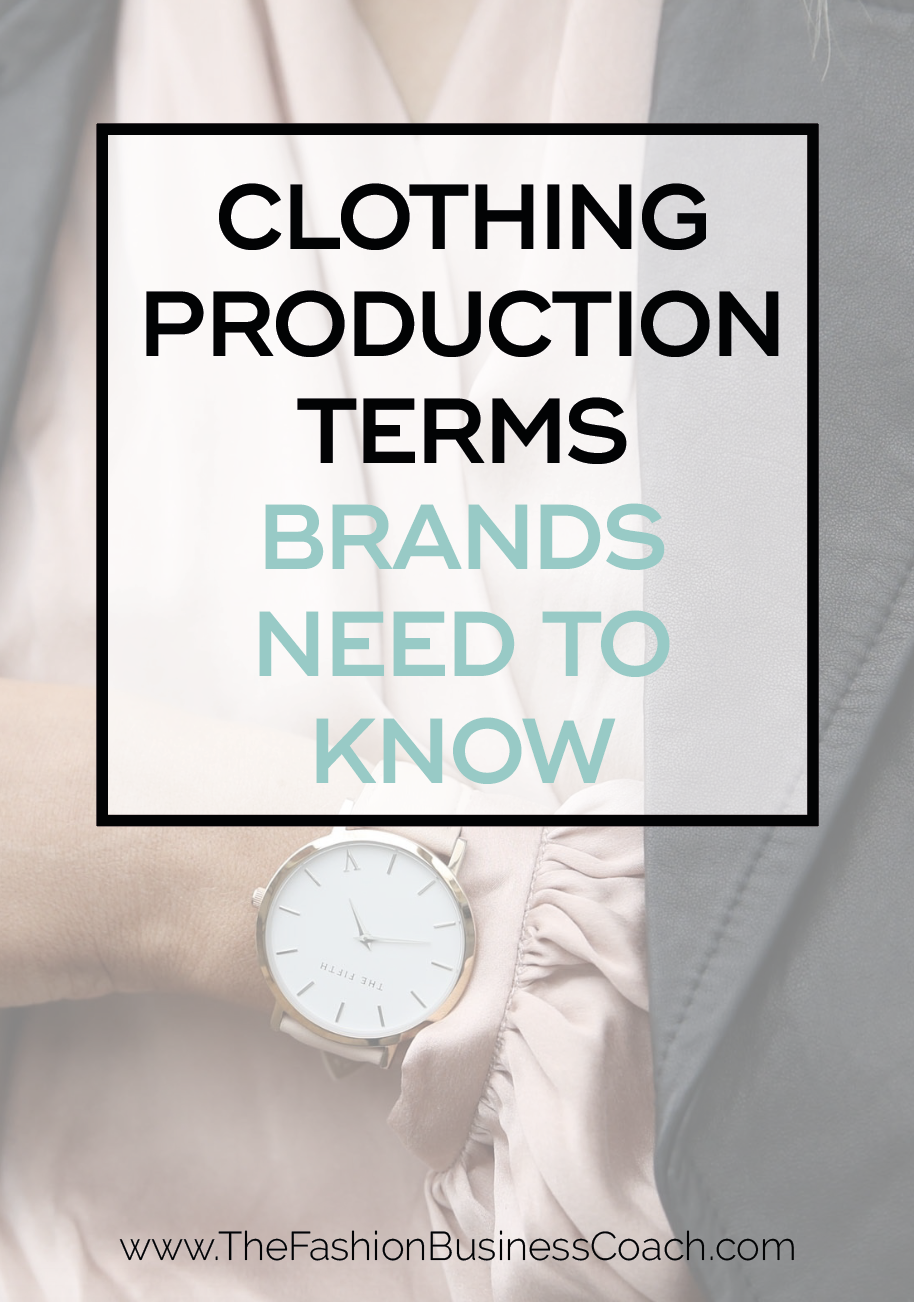
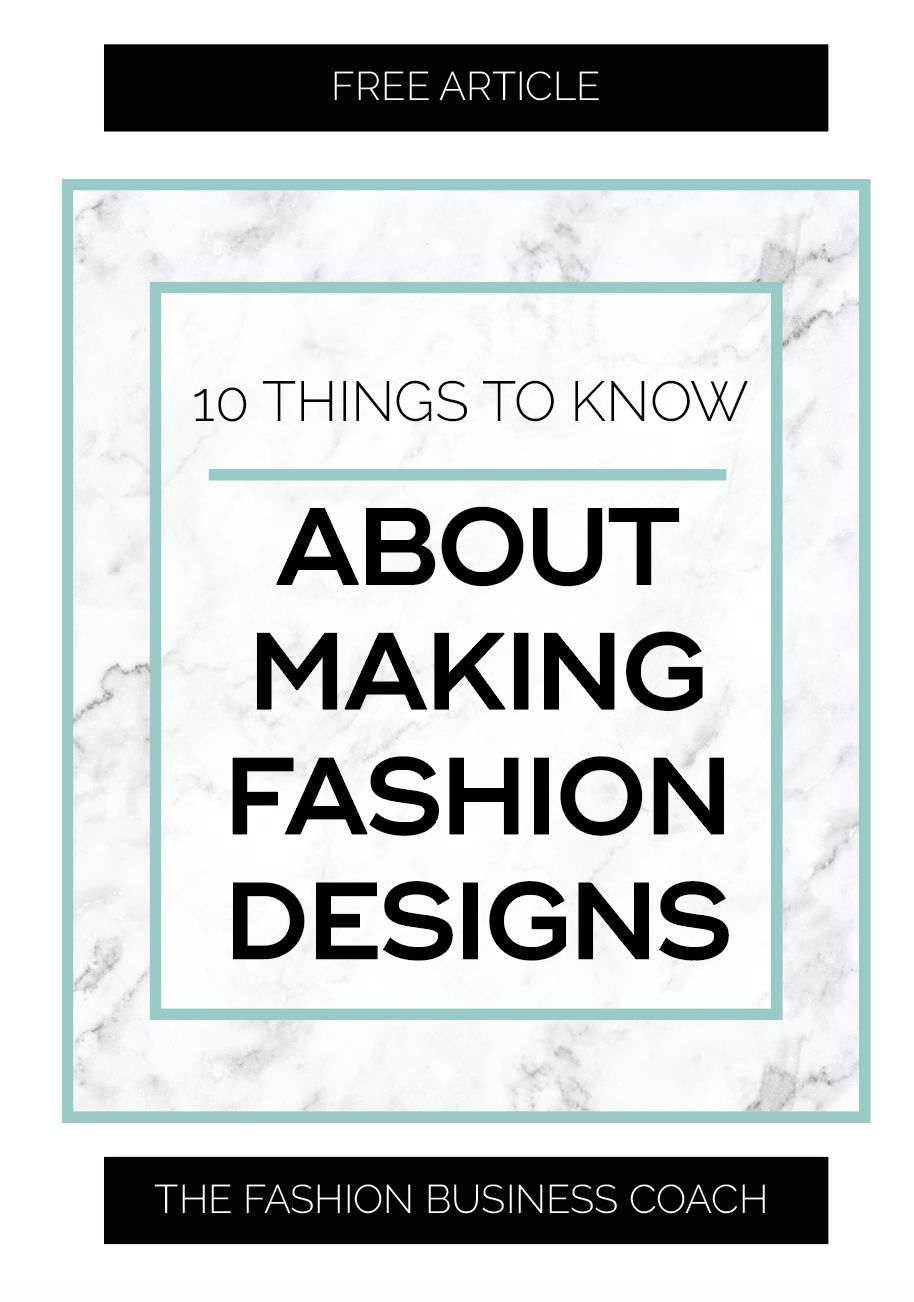


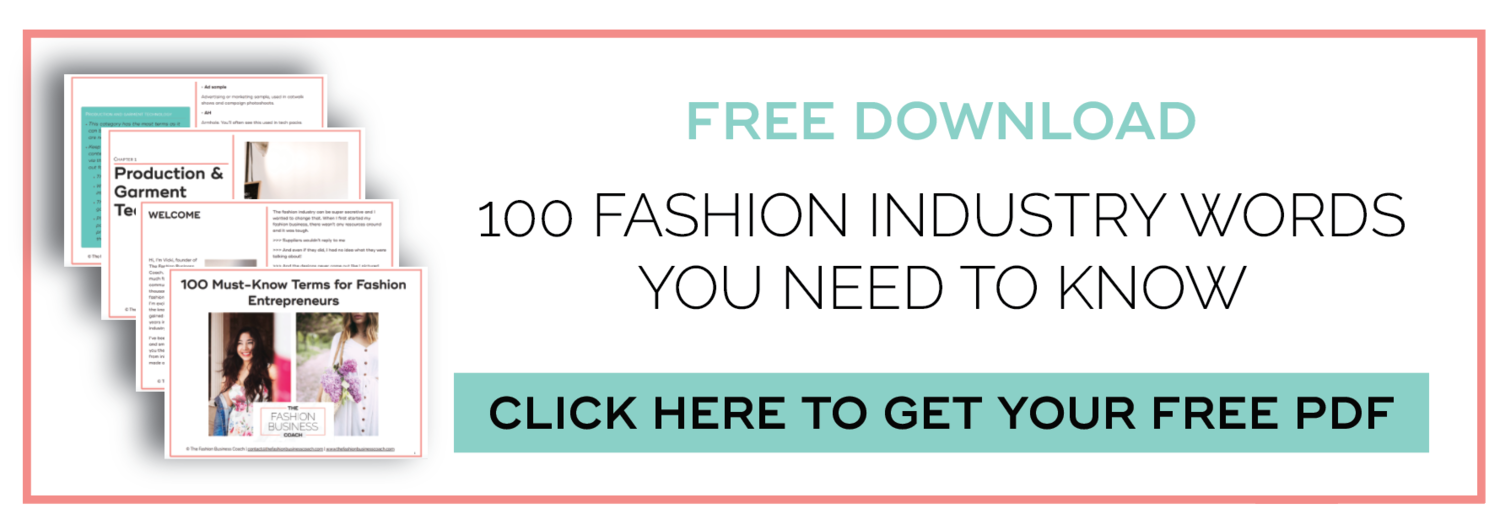
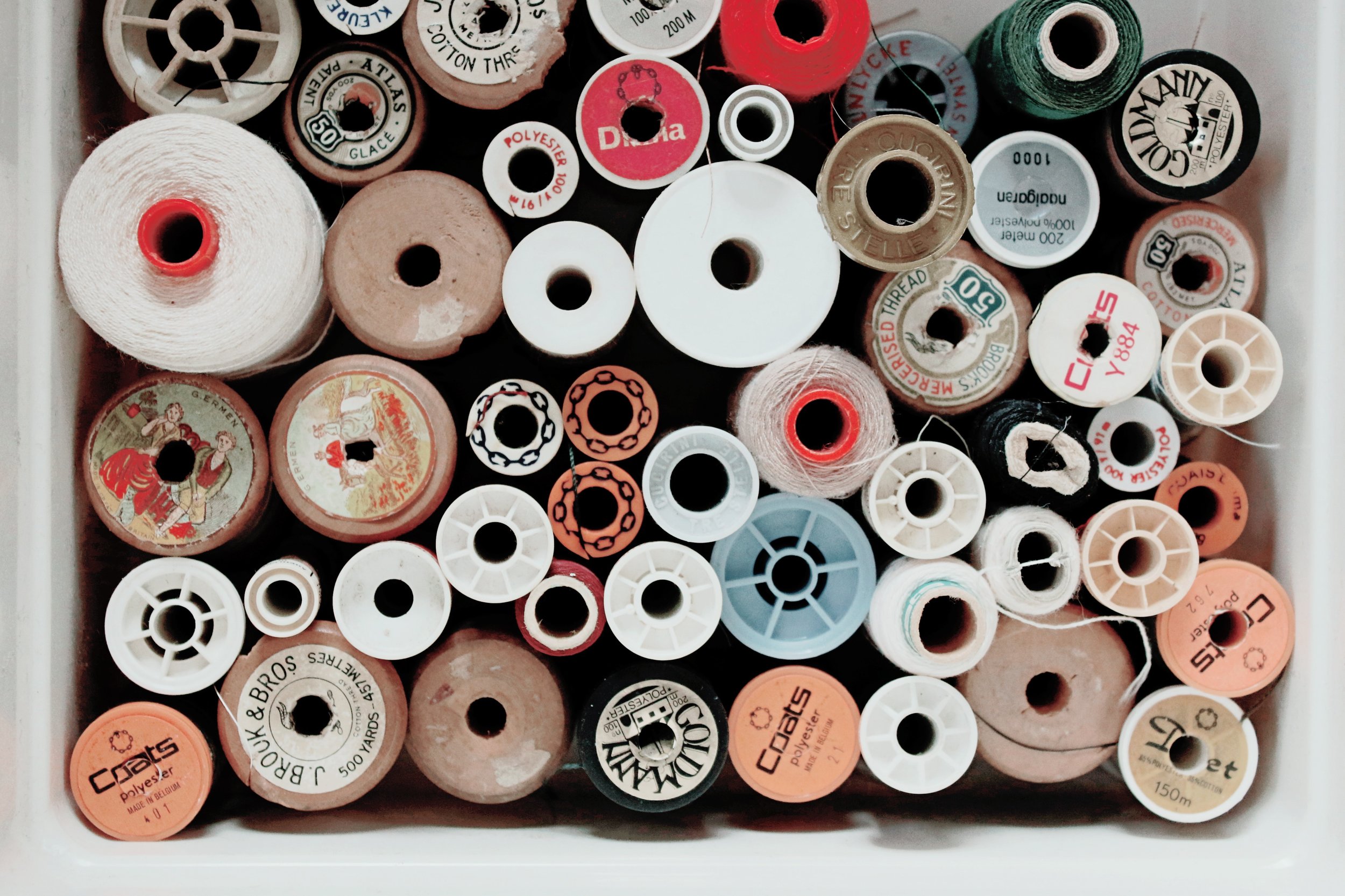











Pickleball outfit inspiration……